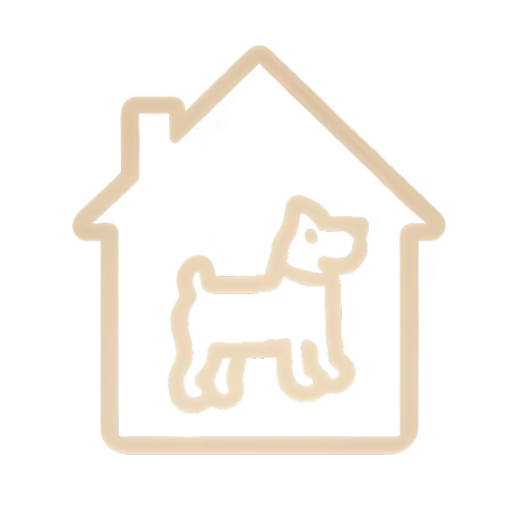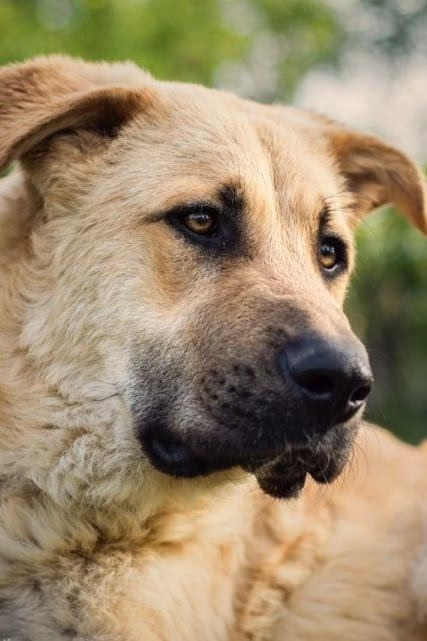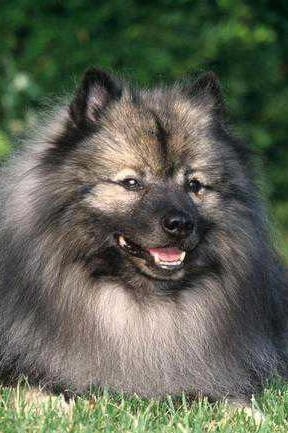Dandie Dinmont Terrier (Dandie Dinmont)

Dandie Dinmont Terrier
Dandie Dinmont
Basic Information
- Category: Pet Dog
- Origin: England
- Body Type: Small
- Height: 25-30cm
- Hair Length: Long-haired
- Lifespan: 10-13 years
Ratings
| Trainability | ⭐️⭐️⭐️⭐️ |
| Affection Level | ⭐️⭐️⭐️⭐️⭐️ |
| Barking Level | ⭐️⭐️⭐️ |
| Shedding Level | ⭐️⭐️⭐️ |
Breed Introduction
The Dandie Dinmont Terrier, a breed with an independent standing, has its history tracing back to the 17th century, originating from the border areas of England and Scotland. The portrait of the Duke of Buccleuch created by the British painter Gainsborough features this dog. Additionally, it was highly favored by Louis Philippe of France.
This dog is characterized by its long body, curved back, and crescent-shaped tail. Its ancestors may include otter hounds, short-legged hunting dogs, Bedlington Terriers, Cairn Terriers, Scottish Terriers, and Border Terriers. Originally bred for ground work, the Dandie Dinmont Terrier is a working terrier that is long, low, and has a curved outline.
It is distinguished by its large, silky topknot, which is still well proportioned to the dog’s entire body. The dark, large, and round eyes give off a gentle and intelligent expression. The body is strong yet soft, with a crescent-shaped tail, and it has a double coat in colors of pepper or mustard.
The Dandie Dinmont Terrier develops into a loyal and individualistic dog, embodying the true characteristics of both the Jack Russell and the Scottish terrier. There might be no breed that loves its owner and the strangers it frequently encounters, even veterinarians, more than this one. People are fond of it not for its tough bones or thick muscles, but for its emotional depth and selflessness, as it regards itself as part of its human family.
However, when it encounters another dog or any other animal, it can quickly display another side of its personality, one that desires to overpower with aggression. At this point, its gentleness and playfulness can transform into a nasty behavior. Breeding has successfully diminished this aspect of the dog’s personality, though it has not been eradicated.
This breed is internationally popular, especially among those who enjoy the reflexive agility of this dog. Its numbers are likely to continue increasing globally. Originating from Staffordshire, Great Britain, this muscular and emotionally expressive breed can be traced back to ancestors that were a hybrid of fierce, muscular bulldogs and charming, gentle, active local breeds. It was bred with dual purposes as a “sporting” dog, participating in organized ratting and dog fighting.
Despite dog fighting being banned in many countries since 1835, this breed only reappeared in exhibitions by 1935.






